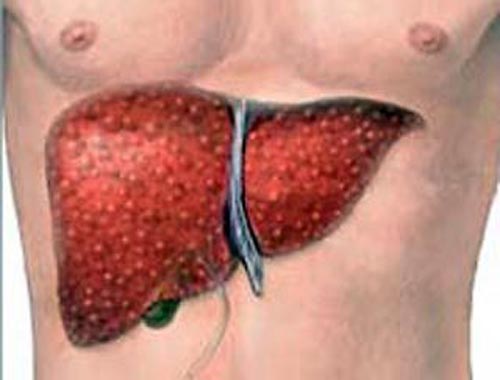Hepatic necrosis
Acute, toxic injury to the liver with sudden and precipitous onset, marked elevations in serum aminotransferase levels, and early signs of hepatic or-and other organs dysfunction or failure despite minimal or no jaundice. Rapid recovery after withdrawal of the agent is also typical. Other organ failure, such as lung, kidney or bone marrow, may also be present and may overshadow the hepatic injury. Acute hepatic necrosis is typically caused by a direct hepatotoxin and is usually dose dependent rather than idiosyncratic. The time to onset of acute hepatic necrosis is typically short, 1 to 14 days. Serum Enzyme Elevations. ALT rising rapidly to above 800 IU-L (>20 times ULN), with alkaline phosphatase <2 times ULN (<230 U-L). As a result, the R ratio (ALT divided by Alk P, both expressed as multiples of the upper limit of normal) tends to be very high (>10). If measured, LDH levels are also elevated. Serum creatinine, BUN, INR and ammonia are also often raised, sometimes before hyperbilirubinemia (which is usually mild to moderate even at the height). Strikingly, the serum enzymes usually improve rapidly with stopping the medication, falling by 50% within 8 days. The major diagnoses that should be excluded include ischemic hepatitis due to hypotension, hypoxia, or heat stroke. The episode of shock or hypoxia may have been unnoticed or poorly documented, even in the setting of inhospital observation. Ischemic hepatitis should be particularly suspected in patients with heart failure, arrhythmias, severe asthma or pulmonary disease, and status epilepticus. In some instances, the ischemic hepatitis is drug induced, such as after general anesthesia or propofol. Elements important in diagnosis of acute hepatic necrosis include: Latency of less than 14 days; Abrupt onset of symptoms; Alanine aminotransferase (ALT) levels above 800 U-L (>20 times ULN); Alkaline phosphatase (Alk P) levels that are normal or only modestly elevated (<2 times ULN); Bilirubin <10 mg-dL at time of diagnosis; Acute injury and dysfunction of other organ systems (lungs, kidneys, bone marrow); If liver biopsy is obtained, changes of acute zone 3 coagulative necrosis with scant lobular lymphocytic infiltration, little or no fibrosis or cholestasis and no veno-occlusive changes; A case might be considered probable if typical features are found, but ALT levels rise to only 400 to 800 U-L (between 10 and 20 times ULN). There may be some overlap between acute hepatic necrosis and drug induced acute hepatitis, but latency and recovery are typically longer with acute hepatitis. Acute hepatic necrosis can cause acute liver or multiorgan failure. Immunoallergic features (rash, fever, eosinophilia) may be present, but are usually not prominent. Autoantibodies are absent. Cirrhosis following acute hepatic necrosis is very rare, but isolated instances of residual inactive cirrhosis or advanced fibrosis have been reported.
